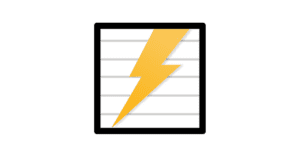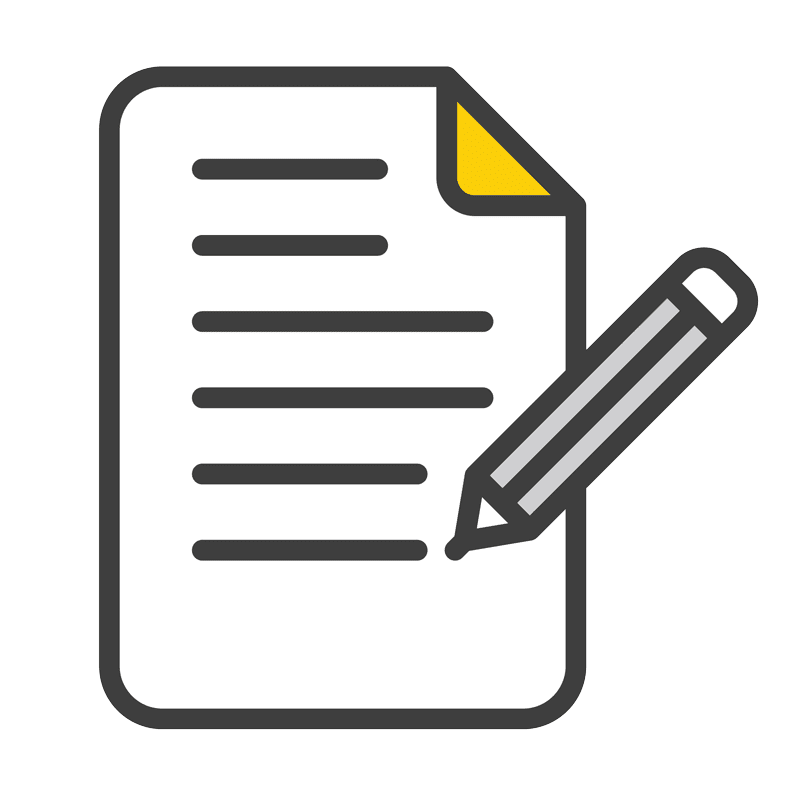In today’s interconnected world, the task of integrating research methodologies into both business and academic writing has never been more significant—especially as competition for interdisciplinary insights grows fiercer. Take Google as an example. They’re not only leading in tech innovation but also pushing interdisciplinary research boundaries by employing both market and academic research methodologies to fuel their projects.
UNDERSTAND THE DUAL CONTEXT
When writing for both fields, start by understanding your audience. Business professionals focus on applicability and results, while academics value empirical rigor and theoretical frameworks. So, establish objectives that address both concerns. For instance, Google’s success in autonomous vehicle development involves rigorous market research combined with deep academic analyses on AI and machine learning.
STRUCTURE WITH PRECISION
Incorporate concise business writing techniques such as executive summaries and bullet points to ensure accessibility for busy business readers. At the same time, leverage the academic style of presenting data, including footnotes and references. Apple excels in this dual approach. Their annual reports and keynotes are straightforward, yet infused with rich data-driven insights, appealing to stakeholders from both spheres.
EMPHASIZE RHETORICAL STRATEGIES
Use rhetorical devices strategically. Analogies and case studies bridge concrete business scenarios and complex academic theories. One way Tesla has gained traction is by giving context to their innovations through historical analogies, making their work approachable to a broader audience.
ANALYSIS AND SYNTHESIS
Blend qualitative and quantitative research. For example, Microsoft often combines quantitative data from user analytics with qualitative interviews to shape their products’ user-friendly experience. This methodology captures a complete view, drawing corroborative insights both from statistics and human experience, ensuring relevance across disciplines.
APPLY ADVANCED TOOLS
Engage with advanced statistical and analytical tools to substantiate findings. Predictive models and thematic analyses are popular in both worlds and help in deriving correlations that offer new perspectives. Consider IBM’s Watson. Its use of data analytics to generate business solutions also finds application in academic research, aiding in cross-functional problem solving.
SHARE INTERDISCIPLINARY INSIGHTS
Highlight potential implications for both the academic and business communities. For instance, insights derived from research on consumer behaviors can inform product development strategies and bring new academic understandings of human psychology.
By mastering the art of integrating research methodologies across domains, you empower your work and enhance its reach. For personalized editing assistance, consider enlisting PaperBlazer’s expert services. We refine documents to ensure your insights are communicated with clarity and precision, meeting both business and academic standards.
#ResearchIntegration #BusinessWriting #AcademicResearch #CrossDisciplinary #SEO #RhetoricalStrategies #MarketAnalysis #EmpiricalData






